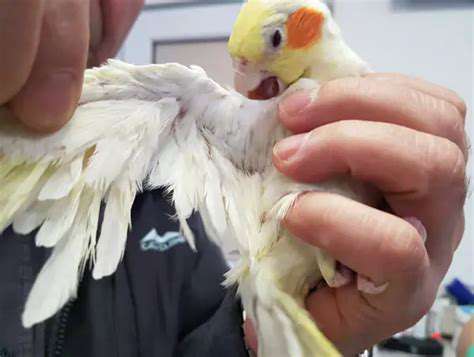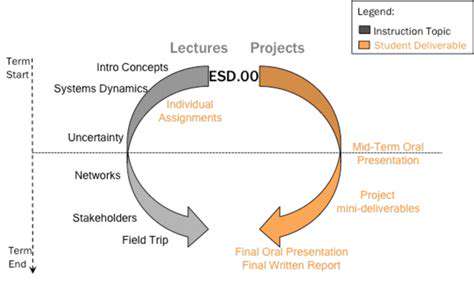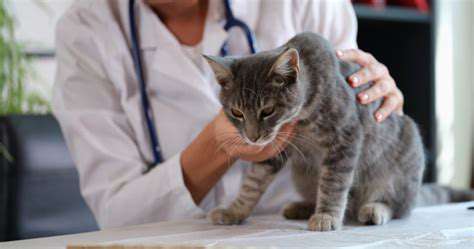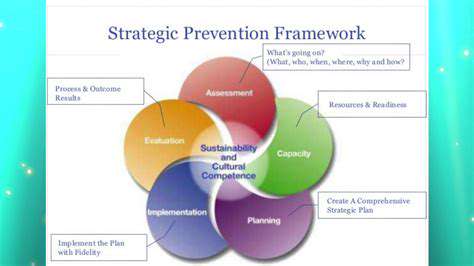How to Stop Your Cat from Scratching Furniture
Effective Strategies for Redirecting Scratching Behavior

Decoding the Psychology Behind Scratching
When surfaces get damaged by scratching, it's rarely about destruction for its own sake. The behavior typically serves multiple psychological and physical needs that must be understood. Young creatures especially engage in scratching as part of their natural development and environmental exploration. This instinctual behavior can be successfully channeled toward appropriate outlets.
Scratching often serves as both territorial marking and stress relief. By identifying and resolving the root causes of anxiety or frustration, we can dramatically decrease unwanted scratching incidents. Environmental modifications that provide mental stimulation and physical comfort create conditions where destructive scratching becomes unnecessary.
Practical Physical Interventions
Strategic environmental adjustments can make surfaces less appealing for scratching. Simple solutions often prove most effective - rearranging furniture placement or applying temporary surface protectors can yield immediate improvements. Textured adhesive strips or natural citrus-based sprays frequently deter scratching without causing distress.
Specialized deterrent products work best when carefully matched to the specific situation. The most successful interventions combine effectiveness with humane considerations, never causing pain or fear. Always test products in inconspicuous areas first to ensure they don't damage surfaces.
Creating Engaging Environments
Boredom frequently underlies problematic scratching behaviors. Enriched spaces featuring climbing opportunities, puzzle feeders, and rotating toy selections satisfy natural curiosity. Vertical space utilization through cat trees or wall-mounted perches often reduces furniture scratching dramatically.
Proactive environmental design prevents problems more effectively than reactive punishment ever could. Regular play sessions and novel object introductions maintain engagement with appropriate outlets.
Providing Ideal Scratching Alternatives
High-quality scratching posts should be abundant and strategically placed near previously damaged areas. Material variety matters - sisal, cardboard, and carpeted options accommodate different preferences. The most effective posts feature sturdy construction and appropriate height for full-body stretching.
Scratching surfaces must be physically satisfying to successfully redirect behavior. Observe which angles and materials attract the most use, then provide more of those preferred options throughout the environment.
The Behavior Change Process
Successful redirection requires unwavering consistency in approach. Mixed messages or irregular enforcement undermine progress. Positive reinforcement of desired behaviors works far better than punishment of unwanted ones. Small treats or affection when using appropriate surfaces creates powerful associations.
Behavioral changes occur gradually, not overnight. Lasting solutions emerge from patient, observant adaptation to individual needs and responses. Tracking progress helps identify which strategies work best in each unique situation.

Read more about How to Stop Your Cat from Scratching Furniture
Hot Recommendations
- Review: [Specific Brand] Small Animal Cage
- Why Rescuing Pets Saves Lives
- Best Pet First Aid Kits [What to Include]
- How to Help Stray Animals in Your Community
- Guide to Adopting a Pet When You Have Kids
- Top Reptile Heat Lamps
- Heartwarming Rescue Stories That Will Inspire You
- Review: [Specific Brand] Bird Cage
- Best Aquarium Filters [2025 Review]
- Review: [Specific Brand] Smart Litter Box





![Review: [Specific Brand] Smart Pet Door](/static/images/33/2025-05/EaseofInstallationandSetup.jpg)





